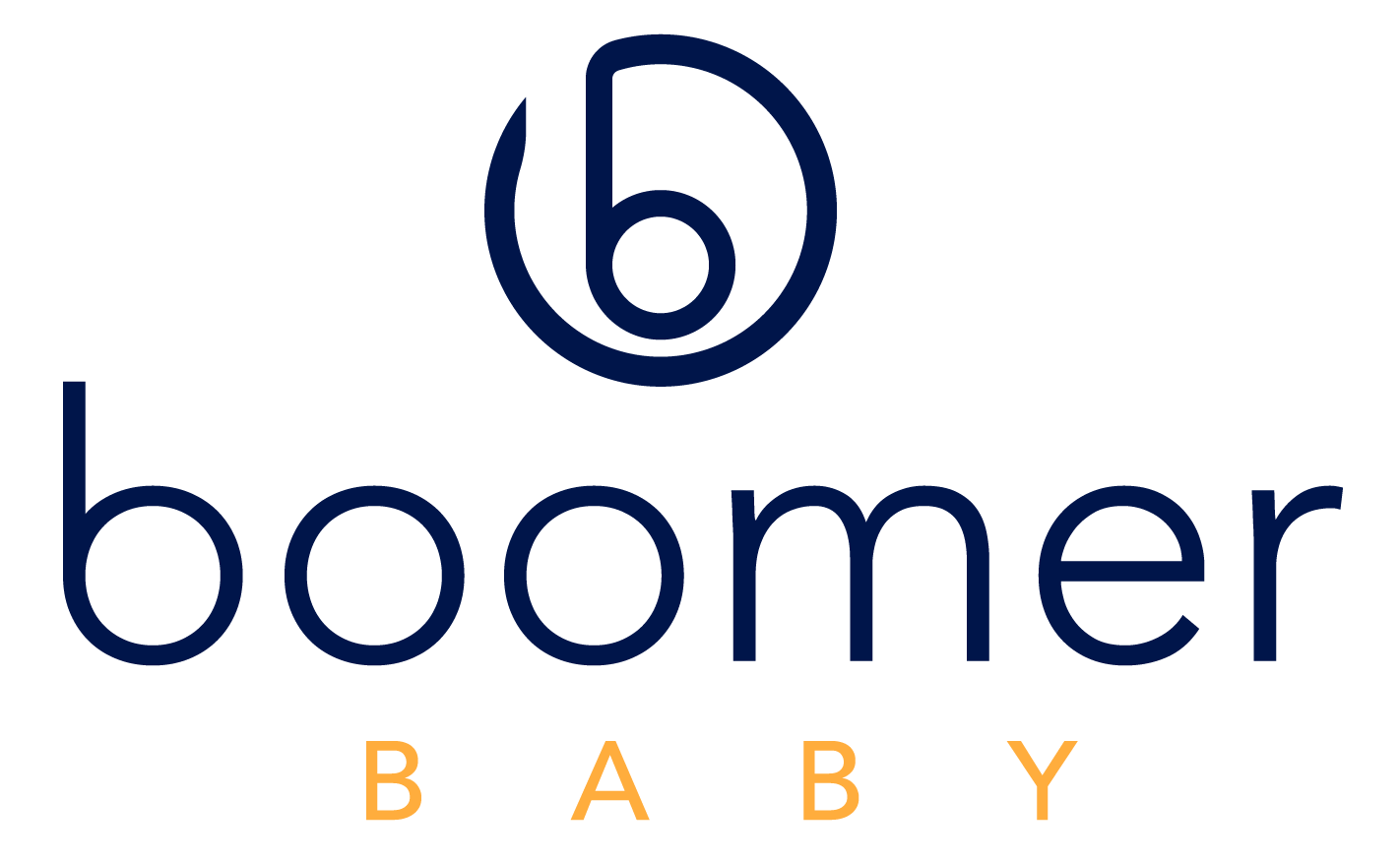
Part D Prescription Drug Coverage: Big Changes in 2025
As part of the Inflation Reduction Act passed in 2022, there are major changes impacting Medicare Part D Prescription Drug Coverage that enrollees need to know about. Some of changes have already been in effect, like $0 copays for Part D covered vaccines, and eliminating cost-sharing in the Part D catastrophic coverage phase (members who reach this phase as of January 1, 2024, pay $0 for their covered drugs the remainder of the year) and capping covered insulin drugs to $35 per month for plan enrollees.
In this article we explain what’s changing in Part D starting in 2025 and what these changes mean for Medicare Part D enrollees.
First, a little refresher about Part D for those enrolled in Medicare and find the topic a bit perplexing. Part D is Medicare prescription drug coverage. You likely have Part D either included in your Medicare Advantage plan, if you have one of those, or as a stand-alone plan, if you have Original Medicare (with or without a Medicare Supplement plan). Either way you get your Part D, the changes apply.
If you don’t have Part D prescription drug coverage but are Medicare eligible, and don’t have creditable drug coverage elsewhere, you could face a late enrollment penalty when you do enroll. If you missed signing up for Part D when you were first eligible and don’t qualify for a special enrollment period, you’ll need to enroll in a Part D plan (or enroll in a Medicare Advantage plan that includes Part D) during Medicare’s Annual Enrollment Period which runs from October 15-December 7.
What is changing in Part D for 2025?
Maximum Allowed Deductible for Part D Plans will be $590 (up from $545 in 2024)
A plan deductible is the amount you must pay before your plan will pay its portion of costs and the maximum allowed Part D deductible is set by Medicare and adjusted annually. This means plan enrollees must pay 100% of their covered prescription drug costs until the deductible is met. Keep in mind not all drugs are subject to the deductible and not all plans have a deductible. Plans deductibles can and do vary by plan. For medications subject to the deductible, once your deductible is satisfied for the year, you’ll pay up to 25% coinsurance for your covered medications, up to the $2,000 annual out of pocket maximum. This $2,000 annual out of pocket maximum is new for 2025.
Out of Pocket Maximum of $2,000 on Covered Medications
One of the most substantial changes Part D enrollees may notice is, for the first time since Part D plans were implemented in 2006, the federal government is capping out of pocket prescription drug costs at $2,000 annually for covered drugs. Once you reach this amount, the plan will pay 100% of the cost for the remainder of the year. If you happen to take no or low-cost medications, you may not have come close to this threshold, but for those on more expensive medications, this is likely to result in significant savings. The new changes eliminate the coverage gap phase, also referred to as the “donut hole”. The catastrophic phase was eliminated as of January 1, 2024.
New Medicare Prescription Payment Plan
Another significant change going into effect January 1, 2025, is the new Medicare Prescription Payment Plan. The Medicare Prescription Payment Plan is a new payment option created under the Inflation Reduction Act that requires all Part D plans to provide enrollees with the option to pay out-of-pocket prescription drug costs in the form of monthly payments over the course of the plan year instead of all at once to the pharmacy. Program participants will pay $0 to the pharmacy for covered Part D drugs, and the Part D plan will then bill program participants monthly for any cost sharing they incur while in the program. Pharmacies will be paid in full by the Part D sponsor in accordance with Part D prompt payment requirements. Part D enrollees should expect to receive information from their Part D plan about the Medicare Prescription Payment Plan.
Annual SEP for Medicare Low Income Subsidy
The low-income subsidy (LIS) program, also known as Medicare “Extra Help”, assists Medicare beneficiaries with limited income and resources in paying for their Medicare prescription drug plan costs. This includes assistance with premiums, deductibles, and copayments, making prescription drugs more affordable for eligible individuals. Previously, individuals who qualified for LIS had a Special Enrollment Period (SEP) to change their Part D or Medicare Advantage plan once per quarter, outside of AEP. Beginning in 2025, beneficiaries eligible for LIS will have one SEP each year, instead of a quarterly SEP.
To learn more about the Medicare “Extra Help”, see if you qualify, or to apply, visit https://www.medicare.gov/basics/costs/help/drug-costs.
Making a Change to Your Part D Coverage
Every year during Medicare’s Annual Enrollment Period (AEP), which takes place annually from October 15-December 7, you can enroll in, drop, or make a change to your Medicare Advantage or stand-alone Part D plan. Changes made during this time are effective January 1st. You cannot make changes to your stand-alone Part D coverage outside of this Annual Enrollment Period window, unless you qualify for a specific Medicare Special Enrollment reason. If you are enrolled in a Medicare Advantage plan, you do have an additional opportunity to make a one-time plan change during Medicare’s Open Enrollment Period that runs January 1 thru March 31 with changes effective the 1st of the month after you requested the plan change.
